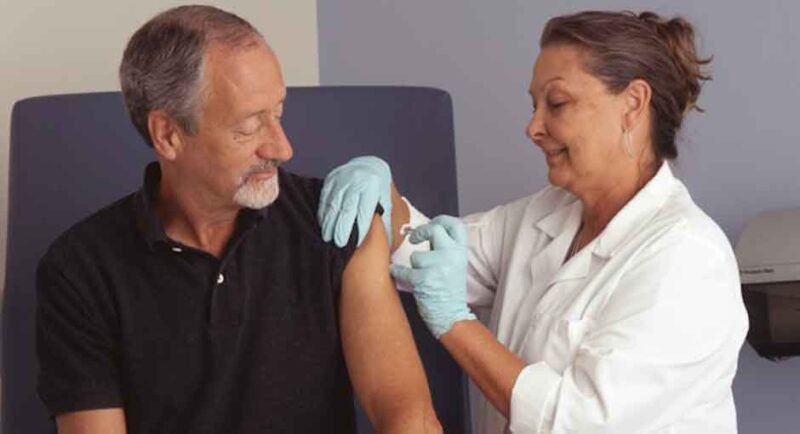
Prostate cancer, a significant health concern for men worldwide, arises from the abnormal growth of cells within the prostate gland, an integral part of the male reproductive system. Positioned just below the bladder and surrounding the urethra, the prostate gland’s primary function is to produce seminal fluid that nourishes and transports sperm. Symptoms of prostate cancer can vary widely, ranging from subtle to more pronounced manifestations. These may include difficulty urinating, blood in the urine or semen, erectile dysfunction, pelvic pain, and discomfort during ejaculation. As one of the most common cancers affecting men, understanding the nature of prostate cancer and its potential symptoms is vital for early detection and effective management.
Active Surveillance
Active surveillance is a proactive approach to managing low-risk prostate cancer. Rather than opting for immediate treatment, patients undergo regular monitoring to track the progression of the disease. This strategy involves periodic prostate-specific antigen (PSA) tests, digital rectal exams, and sometimes repeat biopsies to assess any changes in the cancer’s behavior. It’s suitable for individuals with slow-growing tumors, minimizing the risk of overtreatment and associated side effects. However, other treatment options may be considered if there are signs of disease progression.
Surgery (Radical Prostatectomy)
Radical prostatectomy involves the surgical removal of the entire prostate gland along with surrounding tissues. This procedure is typically recommended for localized prostate cancer, where the disease is confined to the prostate gland and hasn’t spread to other organs. Surgical techniques may vary, including traditional open surgery, laparoscopic surgery, or robotic-assisted procedures. If you don’t feel comfortable with surgery, consider the option of focal therapy for prostate cancer. While effective in removing cancerous tissue, radical prostatectomy carries risks such as urinary incontinence, erectile dysfunction, and potential complications from anesthesia. Recovery times can vary, and patients require regular follow-up to monitor for any signs of recurrence.
Radiation Therapy
Radiation therapy utilizes high-energy beams to target and destroy cancer cells in the prostate gland. It’s a treatment option for localized prostate cancer and can be administered externally or internally. External beam radiation therapy involves directing radiation from outside the body toward the cancerous tissue, while brachytherapy involves implanting radioactive seeds directly into the prostate. Side effects may include urinary problems, bowel irritation, and erectile dysfunction. Radiation therapy may be used alone or combined with other treatments depending on the individual’s condition and disease stage.
Hormone Therapy
Hormone therapy aims to reduce the levels of male hormones (androgens) in the body, which can stimulate prostate cancer growth. It’s often used in advanced or metastatic prostate cancer to slow down cancer progression or shrink the tumor. Hormone therapy can be achieved through medications that block androgen production or inhibit their action. While initially effective, some cancer cells may become resistant to hormone therapy over time, necessitating alternative approaches. Common side effects include hot flashes, loss of libido, fatigue, and potential bone thinning.
Chemotherapy
Chemotherapy involves using drugs to kill cancer cells or prevent their growth. It’s typically reserved for advanced prostate cancer that no longer responds to hormone therapy. Chemotherapy drugs may be administered intravenously or orally, with treatment regimens tailored to the individual’s condition and response. While chemotherapy can help control symptoms and prolong survival, it’s associated with side effects such as nausea, hair loss, fatigue, and increased susceptibility to infections. Ongoing research aims to improve the efficacy of chemotherapy and reduce its adverse effects through targeted therapies and combination approaches.
Conclusion
Prostate cancer treatment options encompass diverse approaches tailored to each patient’s unique circumstances. From active surveillance for low-risk cases to more aggressive treatments like surgery, radiation therapy, hormone therapy, and chemotherapy for advanced disease, the goal is to achieve optimal outcomes while minimizing side effects. Treatment decisions should be made in collaboration with healthcare providers, considering factors such as cancer stage, aggressiveness, potential side effects, and the patient’s overall health and preferences. Continued research and advancements in treatment modalities offer hope for improved outcomes and quality of life for individuals affected by prostate cancer. Good luck with beating your cancer diagnosis.

